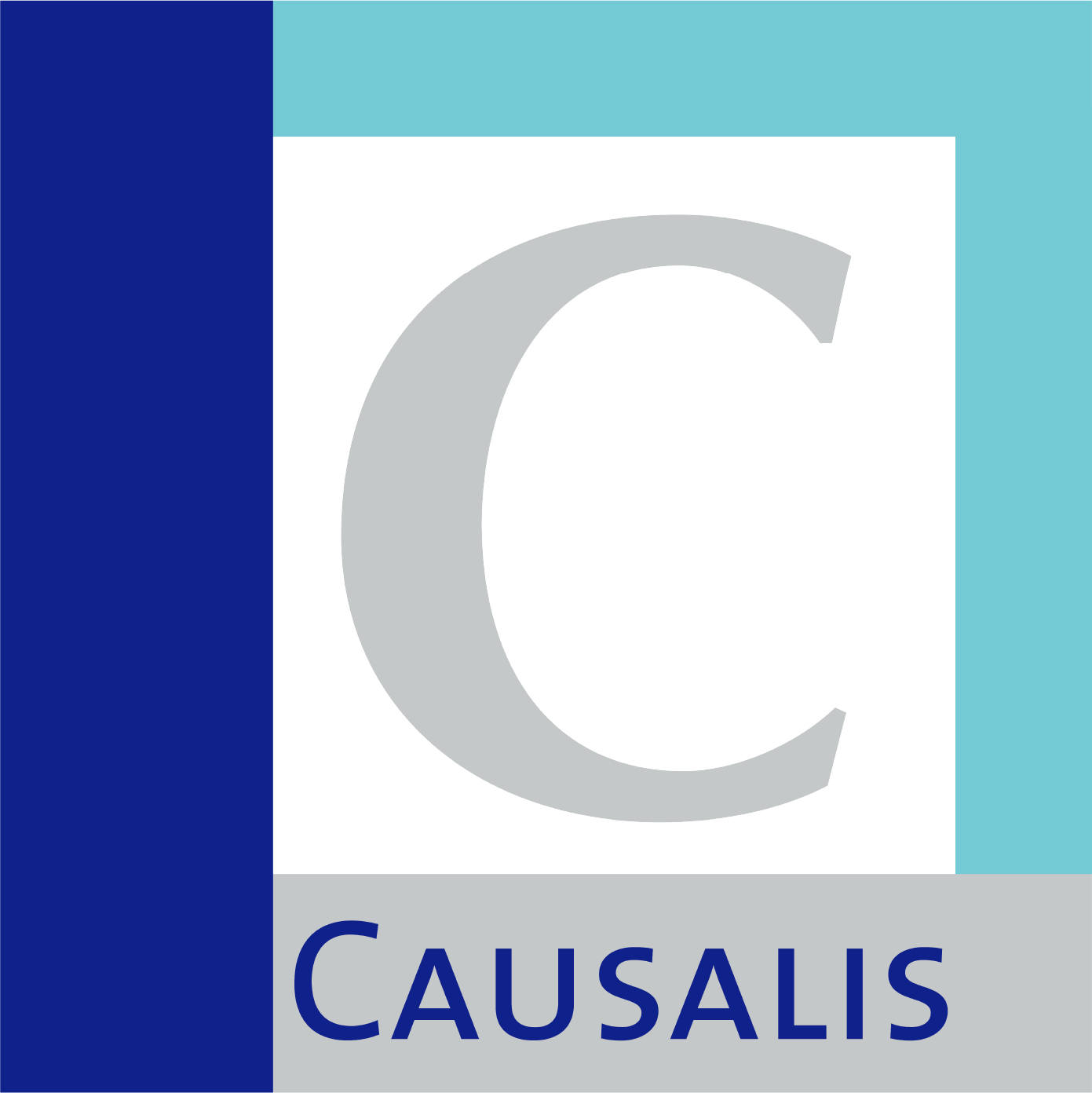Why-Because Analysis
“Why-Because Analysis” (WBA) is a rigorous method for analysing unwanted system behaviour such as accidents. WBA is a method of causal analsis. It uses a formal notion of causality and allows the analyst to choose the level of rigour.
WBA is capable of analysing technical and socio-technical systems, independent of the application domain and has been used in a wide variety of system domains. Among others in aviation, marine, industrial processing, railway and in computer security. It is used in industry, in court and in academia.
WBA’s use of a formal notion of causality enables the analyst to check analyses for relative-completeness, falsifiability, reproducibility and objectivity.
The result of a WBA is a “Why-Because Graph” (WBG). A WBG is a visual representation of cause-effect relationships between factors. It can be easily understood by a non-expert and facilitates understanding of the complexity of cases analysed.
Mathematically spoken a WBG is a directed, acyclic graph. Each node represents a causal factor. The directed edges represent the cause-effect relations.
To assure the correctness of cause-effect relations the “Counterfactual Test” (CT) is used. The CT is one part of WBA’s formal notion of causality. It goes back to the philosophers David Hume and David Lewis. Factor X is a “Necessary Causal Factor” (NFC) of factor Y if, when factor X had not been present, factor Y would not have been present either. If factor X is an NCF of factor Y, then there will be an edge between the factors in the WBG. The CT assures the correctness of the WBG.
To check relative-completeness the “Causal Completeness Test” (CCT) is used. If an effect has a number of causes (NCFs) then the CCT question is asked: “Will an effect always happen if all attributed causes happen?” If the answer is yes then completeness is assured. Otherwise the analyst learns that there is still something missing.
Both tests operate on small subsets of a WBG. But the tests are transitive in nature, so if all subgraphs have been checked for the CT and the CCT then, automatically, the whole WBG is correct. This is in important issue if an analyst, or team of analysts, have to cope with complexity.

